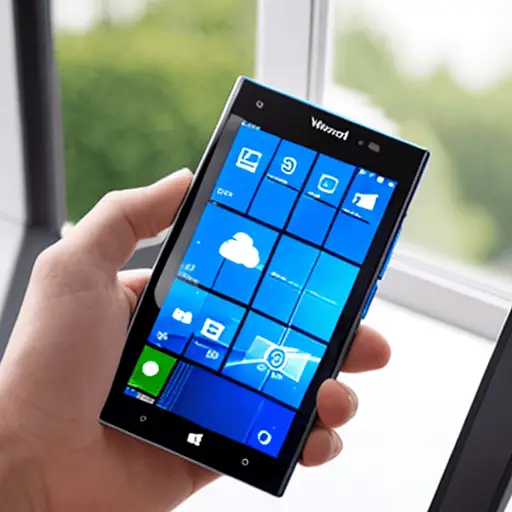In the ever-evolving digital communication realm, the introduction of softphones has constituted a remarkable turning point.
By intertwining the power of Voice over Internet Protocol (VoIP) with the convenience of personal computing, softphones are redefining our communication paradigms.
This article takes a deep dive into Windows Softphones, an intriguing fusion of Microsoft’s adaptable operating system with the capabilities of VoIP.
Defining Windows Softphones
In essence, a Windows softphone is a software program that leverages internet connectivity to facilitate phone calls.
Bypassing traditional telephony or cellular networks via your Windows PC or laptop’s internet connection, softphones offer a more flexible and cost-efficient communication alternative.
You can run a Windows softphone on any device equipped with the Windows operating system, ranging from desktops and laptops to tablets, and even some smartphones.

Advantages of Windows Softphones
Ease and Flexibility: As a software-based solution, you can install a Windows softphone on any device operating on the Windows system.
This flexibility allows you to transform your computer or laptop into a communication device, enhancing your connectivity options and mobility.
Affordability: Softphones stand out for their cost-effectiveness.
They capitalize on your existing internet connection for making calls, typically resulting in reduced costs for both local and international calls compared to traditional phone services.
Unified Communication: Windows softphones often incorporate a host of communication features. These functionalities can include video conferencing, instant messaging, file sharing, and others. Such integration paves the way for efficient, streamlined communication and collaboration. In the near future AI features could be implemented as well.
User-friendly Design: Softphones offer an intuitive interface, often harmonized with your familiar Windows desktop environment, making them easy to navigate. This user-friendly design ensures quick adoption even among those less tech-savvy.
The Inner Workings of Windows Softphones
Windows softphones rely on VoIP technology to transmute your voice into digital signals that are then transmitted via the internet.

To make a call, all you need is the softphone software, a reliable internet connection, and a microphone and speakers. For softphones offering video capabilities, a webcam might be required for video calls.
Once you’ve installed the softphone software on your Windows device, you’ll need to establish an account with a VoIP service provider. This provider will assign you a unique number, which you can use to place and receive calls.
The Significance of Windows Softphones in the Business World
The current trend towards remote working and globally dispersed teams has spurred a growing demand for effective communication tools.
This is where Windows softphones step in, offering an efficient and cost-effective communication solution for businesses.
These tools empower employees to stay connected regardless of their geographical location. Thanks to their ability to integrate other communication tools, such as instant messaging and video conferencing, collaboration becomes seamless.
The cost-effectiveness and scalability of Windows softphones make them an ideal choice for businesses of varying sizes.
Conclusion
The rise of Windows Softphones showcases the ongoing evolution of digital communication. By blending the adaptability of Windows with the resourcefulness of VoIP, they offer an integrated solution that caters to both personal and business communication needs.
As technological advancements continue to unfold, the popularity and functionality of Windows softphones are expected to progress in tandem, continuously redefining the way we communicate.




